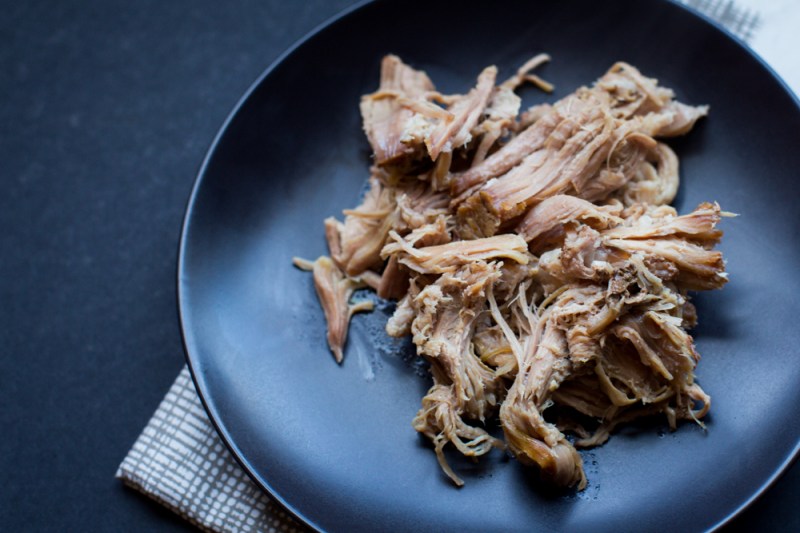
NOTE: An updated version of this recipe appears in my cookbook, The Ancestral Table.
Kalua pig is one of Hawaii’s best-known dishes, and easily replicated at home. Traditionally, an entire pig is placed in an underground pit (“imu” in Hawaiian) that is lined with hot rocks and wrapped in banana leaves, then covered with a layer of soil and roasted overnight. Since we don’t have room in our back yard for an imu, nor access to a suckling pig and banana leaves, nor the desire to go through such a hassle, we just use a crock pot or french oven.
This recipe calls for about 6 lbs of pork butt, which is actually the upper half of a pig’s shoulder (the lower half is called the picnic cut, which can also be used). Pork butt is also often called a Boston butt or roast. You can also find the cut simply labeled as “pork shoulder”. Basically, any cut that’s labeled picnic, butt, shoulder or Boston should be fine.
Read Full Article





